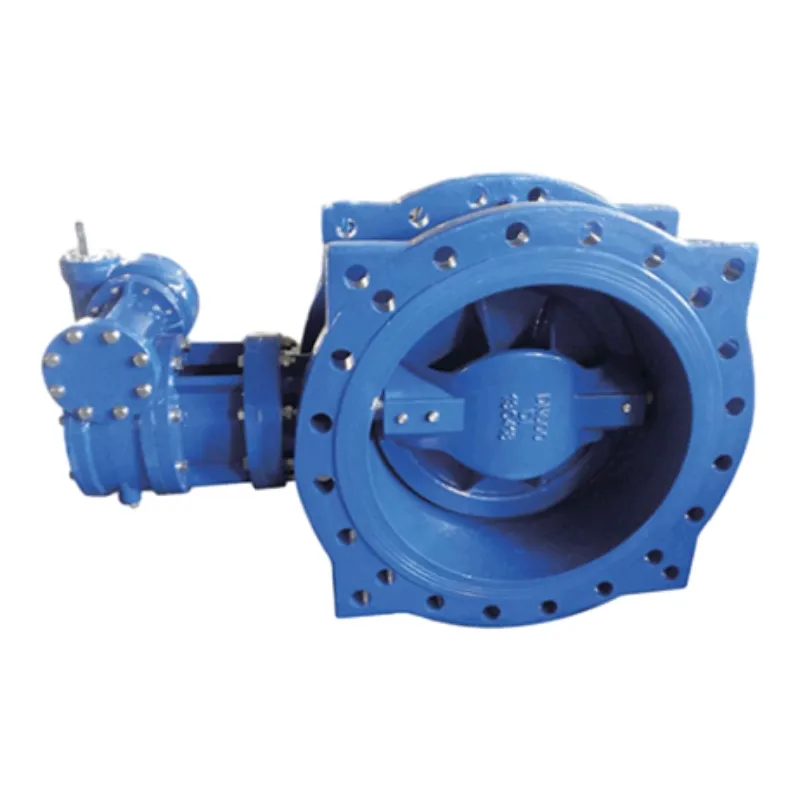ພ.ຈ. . 12, 2024 06:58 Back to list
electric wire cable
Understanding Electric Wire Cables Types and Applications
Electric wire cables are essential components in various electrical systems. They provide the necessary pathways for current to flow, ensuring that electrical devices operate efficiently and safely. With the rise in energy consumption and the increasing reliance on technology, understanding the different types of electric wire cables, their construction, and applications has never been more vital.
Types of Electric Wire Cables
Electric wire cables come in various types, each tailored to specific applications. The most common categories include
1. Solid Wire Cables These cables consist of a single solid conductor, typically made of copper or aluminum. They are robust and offer minimal resistance but are less flexible, making them ideal for permanent installations, such as in residential wiring or circuit boxes.
2. Stranded Wire Cables Stranded cables are composed of multiple small strands of wire twisted together. This construction provides greater flexibility, making them suitable for applications where movement or bending is required, such as in motors or other machinery.
3. Low-Voltage Cables These are designed for applications that operate below 50 volts, such as landscape lighting or low-voltage outdoor uses. They are generally insulated to prevent any accidental shocks and are often weather-resistant.
4. High-Voltage Cables Designed to carry high levels of electrical energy, these cables are used for overhead power lines and other high-capacity installations. They feature heavy insulation and robust materials to withstand extreme conditions.
5. Coaxial Cables Commonly used in cable television and internet connections, coaxial cables consist of a central conductor surrounded by insulation and a metallic shield. This design protects the signal from interference, ensuring high-quality transmission.
electric wire cable

6. Fiber Optic Cables Unlike traditional electric wire cables that conduct electricity, fiber optic cables transmit data as light pulses through glass or plastic fibers. They are essential for high-speed internet and telecommunications, offering greater bandwidth and faster data transfer rates.
Construction of Electric Wire Cables
The construction of electric wire cables typically includes the following components
- Conductor The metal core that conducts electricity, usually made of copper or aluminum. - Insulation A protective layer made of materials like PVC (Polyvinyl Chloride) or XLPE (Cross-Linked Polyethylene) that prevents electrical leakage and protects against environmental factors. - Shielding In certain cables, especially coaxial and fiber optic types, shielding is added to protect the signal from external interference. - Outer Jacket The final layer that offers additional protection against mechanical damage and environmental factors, further securing the integrity of the cable.
Applications of Electric Wire Cables
Electric wire cables have a wide range of applications across different industries
- Residential Wiring Essential for powering homes, providing electricity to lights, appliances, and heating systems. - Industrial Applications Used in machinery and production lines to ensure reliable power supply and control systems. - Telecommunications Fiber optic cables are vital for internet and communication networks, enabling fast and reliable connectivity. - Automotive Wiring Cables in vehicles connect various electronic components, ensuring proper functionality of systems such as navigation, entertainment, and safety features.
Conclusion
Electric wire cables play a critical role in modern infrastructure, enabling the functioning of countless devices and systems that we rely on every day. Understanding their types, construction, and applications helps consumers and professionals make informed decisions when it comes to electrical installations and repairs. As technology continues to evolve, the development of electric wire cables will adapt to meet new demands, enhancing efficiency, safety, and connectivity in our increasingly electrified world.
Share